Subcutaneous Verse Intramuscular Testosterone Administration
| Injecting testosterone subcutaneously into body fat! What is this blasphemy, is this even possible and why do I even care? I first heard about this at an anti-aging medical conference and the speaking physician was using it in her female TRT patience to increase adherence. This made so much sense to me, if you could use a small less invasive injection that a person was able to do at home it would keep them on therapy longer. I know my hardcore guy readers have no fear on an intramuscular injection, but even the bravest meathead get sick and tired of being a pin cushion. Just like you, I had my own questions. First off, is this as effective as injecting intramuscular? Today we will look at two studies, one for the length of time to achieve stable blood levels and a second study for efficacy and safety of longer term subQ usage. Study: Pharmacokinetic Profile of Subcutaneous Testosterone Enanthate Delivered via a Novel, Prefilled Single‐Use Autoinjector: A Phase II Study (Kaminestky 2015) Luckily, we have some science nerds asking these same questions as well. In this study 39 hypogonadal men were randomized to receive testosterone enanthate either 50mg subcutaneously (SC), 100mg SC, or 200mg intramuscular (IM) once per week for 6 weeks. Just to mention here we don’t have a fair comparison as the IM dose was 2x and 4x the SC dosing. |

| In the Figure from the study, we can see the 50mg SC dose was unable to have enough overlap to escalate serum testosterone levels. In other words, the drug clears the system before the next dose is in the system, so no accumulation occurs. However, 100mg SC was able to overlap and reach steady state exposure at week 5 and on, reaching the high end of normal for serum testosterone. This same steady state level is achieved just like intramuscular administration. Mean serum testosterone levels: 50mg SC: 422.4 ng/dL 100mg SC: 895.5 ng/dL 200mg IM: 1658 ng/dL We clearly see here a very clear response to dosing whether using IM or SC. This all suggests that the bioavailability of testosterone whether SC or IM is very similar. Estradiol and DHT levels ratios 100mg SC: DHT: 51.9ng/dL and E2 48.3 pg/mL 200mg IM: DHT 117.2ng/dL and 51.9 pg/mL I know you are going to say ½ the testosterone made the same amount of estrogen. Potentially a saturation point was reached for the aromatize enzyme as seen in other studies (Lakshaman 2010). Also, note these are still both within physiological normal. Now, this study was to investigate a novel injecting device and not meant to compare dosing. However, we have another study investigating efficacy and safety of longer-term usage of SC vs IM testosterone administration with a traditional syringe. STUDY: Subcutaneous Injection of Testosterone Is an Effective and Preferred Alternative to Intramuscular Injection: Demonstration in Female-to-Male Transgender Patients (Spratt 2017) The researchers evaluated the efficacy, safety, and acceptability of manual SC injections of T cypionate to patients undergoing female to male sex transition. Patients were given the option to choose SC, IM or transdermal administration. This was a retrospective study, looking back over data from the clinic and had been monitored for over 42 months. 96 out of 63 patients selected SC testosterone cypionate administration via a 25g 5/8″ needle in thigh or abdomen. Dosing was progressively increased from 50 to 150mg per week to achieve physiological levels of that of men (357-1377 ng/dL). |
 |
| In the Figure from this study, we see the mean dosage of 80mg of testosterone provided serum testosterone levels within the normal range for mean of serum T. Like other studies using IM injection we do see a variety in response to similar doses. Further making a point that you need to have lab work to assess efficacy of your TRT or AAS dosing. You might need more or less dosage for the same results as another individual. Research takeaways: Median dose of 80mg achieved normal testosterone levels of that for men Individuals response varied greatly in response, 2 patients at 50mg of testosterone weekly had serum levels over 1200 ng/dL All patients that had previously used IM injections preferred SC Some patients reported small nodules after SC injection, resolving in 1-2 days and transient site inflammation Patients had a greater preference for smaller needle size and reported less pain In this last study we see long term SC administration was very effective in achieving serum test levels similar to IM and with similar dosages. Minimal side effects were noted in subjects. So, I ask again can subcutaneous injection be as effective as intramuscular injections? Yes it very well can be. Other benefits of SC injections: Less scar tissue developed from IM administration Ability to increase administration frequency to improve steady state levels of test, estrogen and DHT Improved adherence for females and males due to small less painful injections compared to IM This same administration can carry over to other AAS suspended in oils Lower barrier to entry to TRT and AAS usage for needle wary (no more orals as first AAS usage introduction) Disadvantages: Large injection volumes have the potential to be less tolerated This may leave a AAS user administrating testosterone SC for stable DHT and E2 levels and keeping other AAS IM depending on ester clearance and volume of dosage Like this information then get ready for J3 University. This will be your full education course for all things physique enhancement from nutrition, training, health, to PEDs. Check us out at J3University.com Think Big, Train Hard! John Jewett MS, RD, IFBB Pro References Kaminetsky J, Jaffe JS, Swerdloff RS. Pharmacokinetic Profile of Subcutaneous Testosterone Enanthate Delivered via a Novel, Prefilled Single-Use Autoinjector: A Phase II Study. Sex Med. 2015;3(4):269-279. Published 2015 Sep 17. doi:10.1002/sm2.80 K.M.Lakshman,B.Kaplan,T.G.Travison,S.Basaria,P.E.Knapp,A.B.Singh,M.P.LaValley,N.A. Mazer, and S. Bhasin. The effects of injected testosterone dose and age on the conversion of testosterone to estradiol and dihydrotestosterone in young and older men. The Journal of Clinical Endocrinology & Metabolism, 95(8):3955–3964, 2010. Daniel I. Spratt, India I. Stewart, Clara Savage, Wendy Craig, Norman P. Spack, Donald Walt Chandler, Lindsey V. Spratt, Toni Eimicke, Jerrold S. Olshan, Subcutaneous Injection of Testosterone Is an Effective and Preferred Alternative to Intramuscular Injection: Demonstration in Female-to-Male Transgender Patients, The Journal of Clinical Endocrinology & Metabolism, Volume 102, Issue 7, 1 July 2017, Pages 2349–2355, https://doi.org/10.1210/jc.2017-00359 |




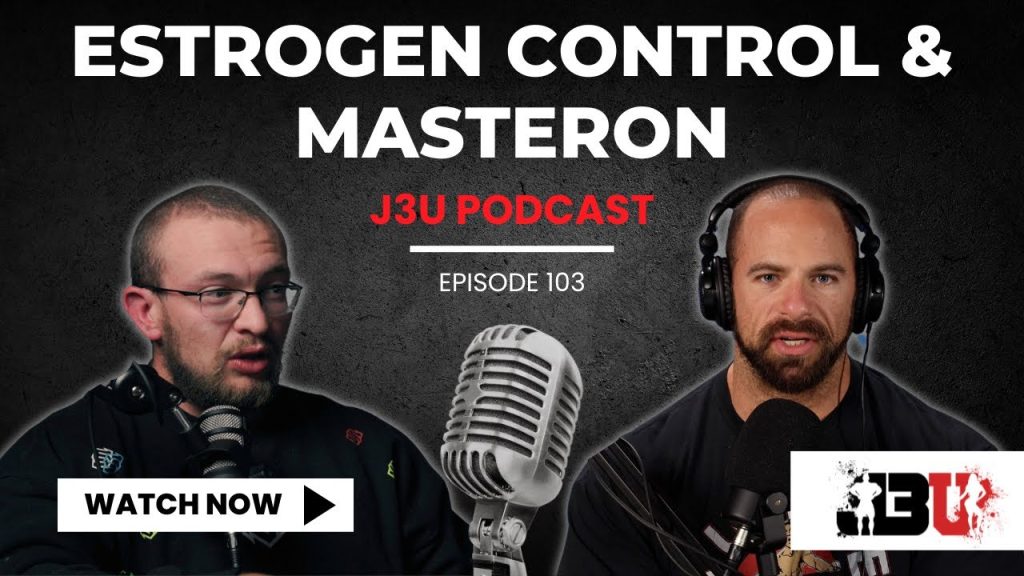
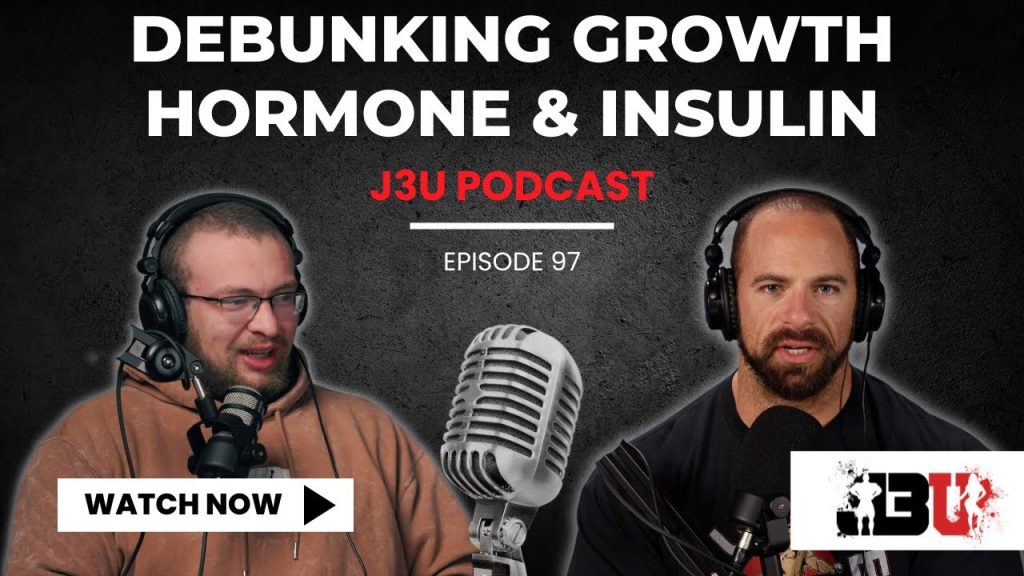

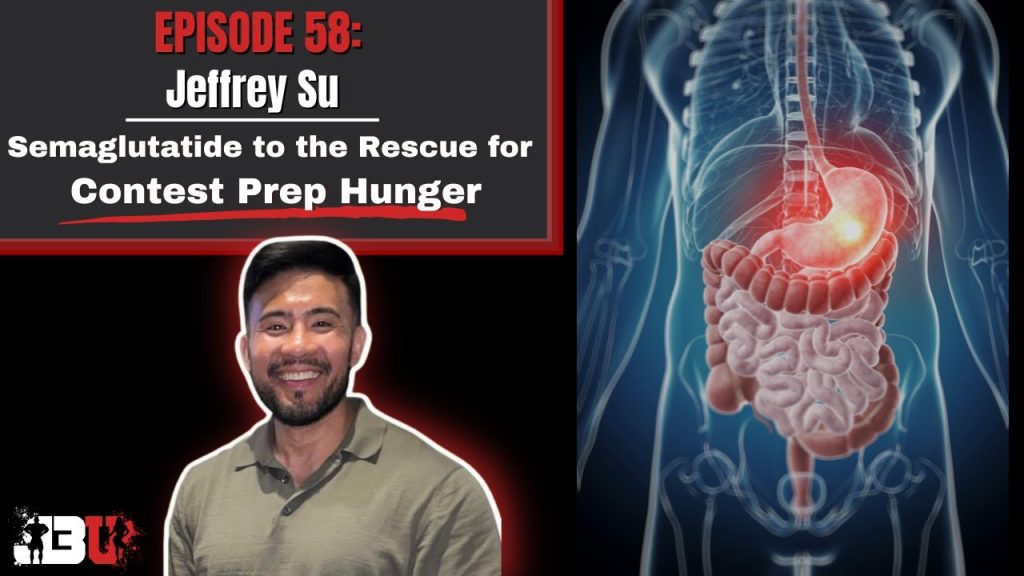
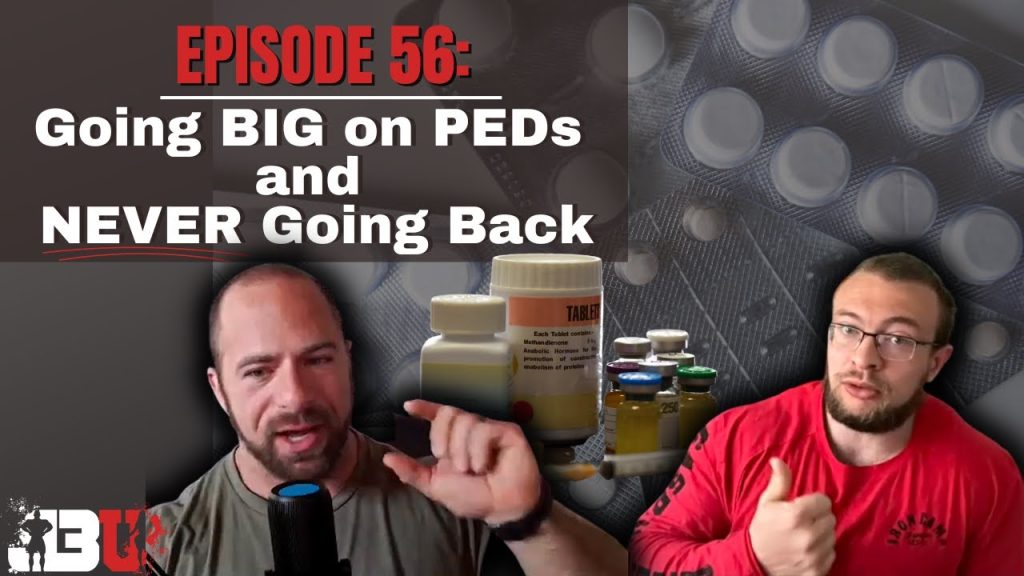
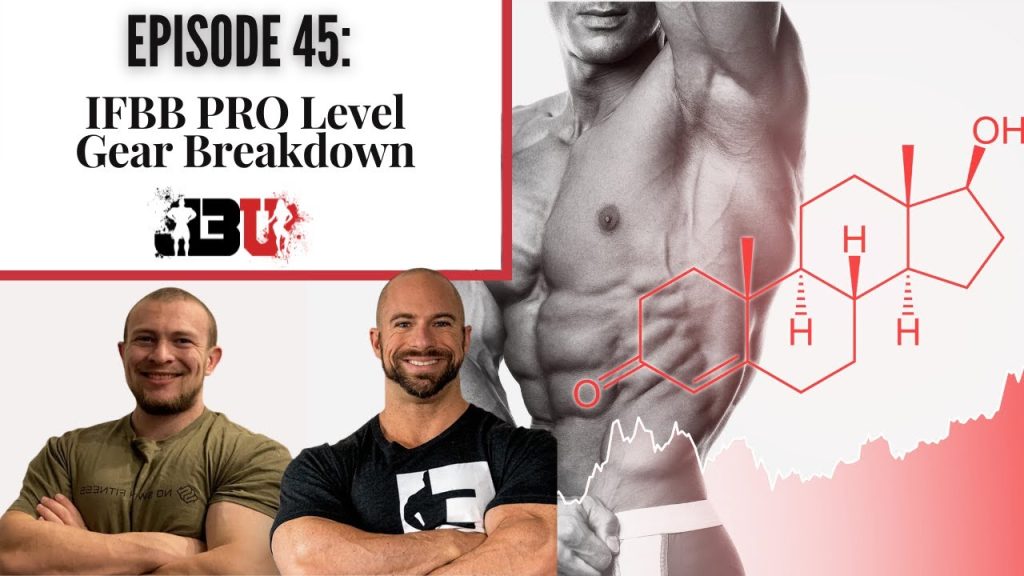
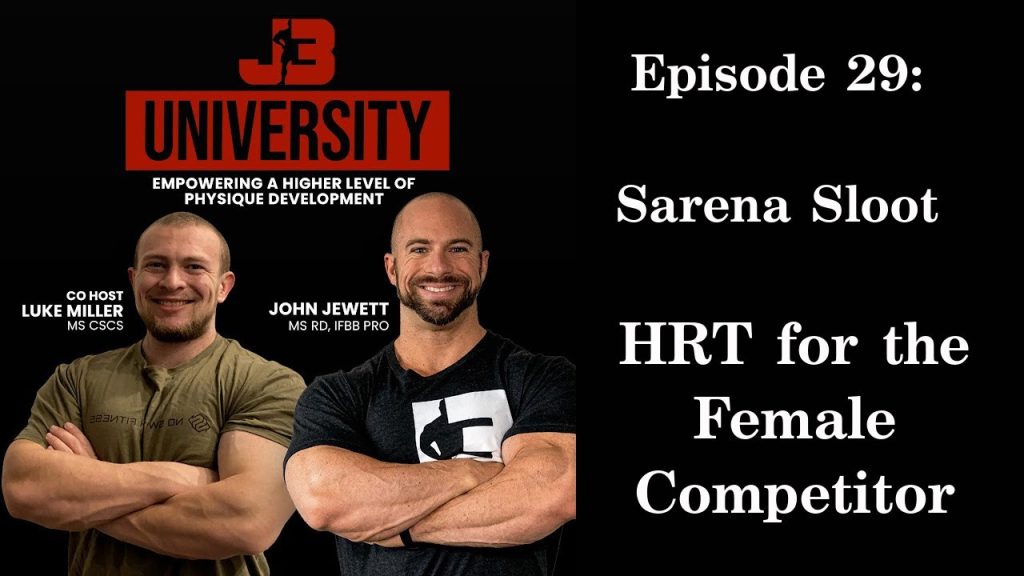
Responses